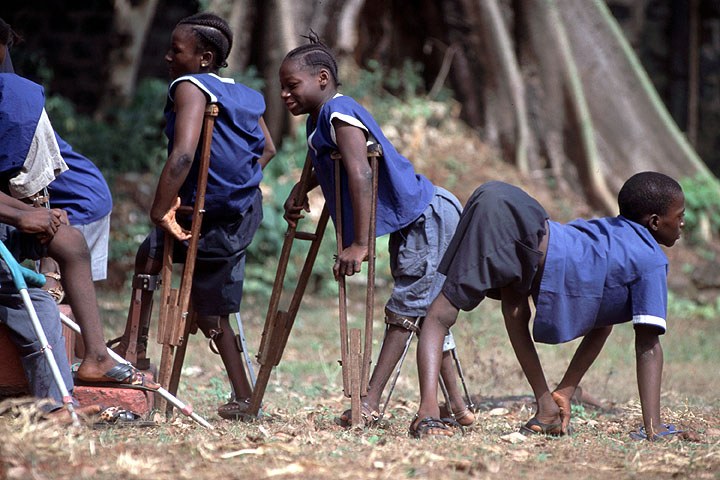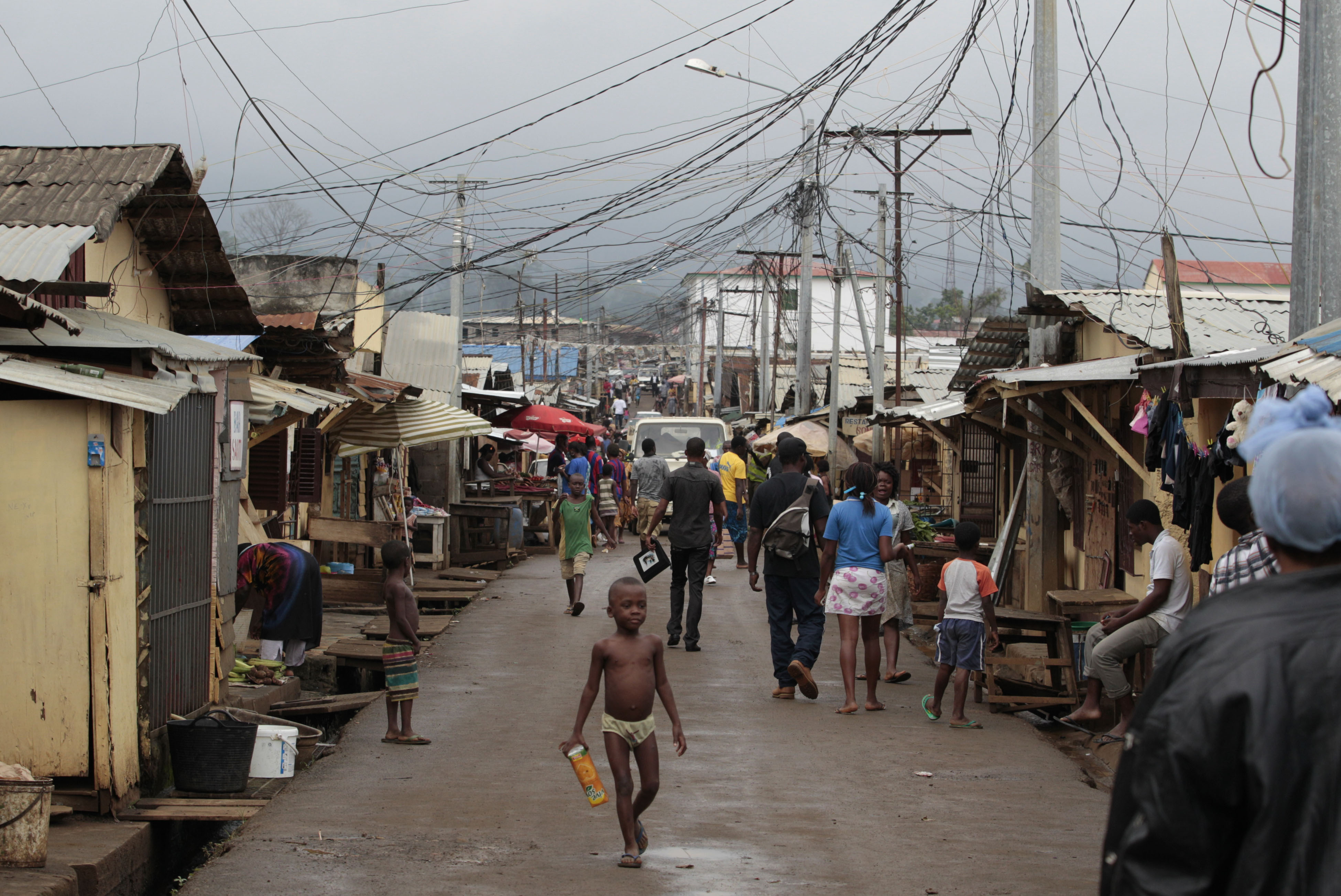South Africa’s rand weakened to breach R13 per dollar for the first time in almost 14 years.
The currency of Africa’s most-industrialised economy tumbled to the lowest level since December 2001, weighed down by a decline in commodity prices this year that threatens to slow growth amid a selloff in emerging markets. Stocks and currencies in developing nations dropped on Thursday as Kazakhstan let its tenge fall as pressure mounts on countries that trade with China to let their currencies weaken on concern the yuan’s devaluation last week will make exports less competitive.
“For South Africa, the weaker rand is more bad news than good news,” Mohammed Nalla, head of strategic research at Nedbank, said. “South Africa is a capital-scarce economy. In the context where global capital flows are becoming a lot more discerning, a weak rand doesn’t give us any sort of competitive advantage.”
South Africa’s currency is being hurt by lower prices for resources that account for more than half of exports, slowing growth in China – the top destination for its raw materials – and the prospect of a Federal Reserve interest-rate increase. An electricity shortage and persistent fiscal and current-account deficits are fueling the decline.
The rand dropped 0.9% to R13.0030 per dollar by 11:07, extending losses this year to 11%. The rand may decline to R13.15 per dollar before gaining support, Nalla said.
Rough road
Options traders are signaling a tough time ahead for the rand, already trading at a 14-year low.
The spread between the rand’s three-month historical volatility, a measure of actual price swings, and implied volatility, which gauges expectations of future price fluctuations, widened to 4.02 percentage points this week, the most since January 2014, according to data compiled by Bloomberg.
South Africa’s currency slumped to its weakest level since December 2001 on Wednesday, weighed down by a decline in commodity prices, slowing growth in China and the prospect of a Federal Reserve interest-rate increase as soon as next month. An electricity shortage and persistent fiscal and current-account deficits are fuelling the decline.
“The market is pricing in more pain than is actually prevalent in market conditions,” Warrick Butler, a rand and emerging-markets currency trader at Standard Bank, said by phone. “This deterioration of the rand isn’t going to go away anytime soon.”
The rand declined 0.3% to R12.92/$ by 07:29 after threatening on Wednesday and Tuesday to breach R13/$ per dollar for the first time since 2001. Rising implied volatility suggests it may reach that level soon, falling as low as R13.25, Butler said.
‘Slowly degrading’
While the currency’s three-month historical volatility dropped 1.9 percentage points to 10.10% this quarter, the lowest since November, implied volatility, based on prices for options to buy and sell the rand, measured 14.14% on Wednesday.
The price premium on options to sell the currency versus those to buy it, called the 25 Delta risk reversal, has climbed 55 basis points since the beginning of July to 3.2 percentage points.
“There’s this continuation of things slowly and slowly degrading and the currency is reflective of that,” Butler said. “We have nothing in the pipeline that would be positive for South Africa.”
The South African Reserve Bank may have to raise interest rates to help halt the rand’s decline, he said. The central bank lifted the policy rate 25 basis points to 6% on July 23 and warned that rand weakness was the biggest risk to the inflation outlook.
“The rand is at such elevated levels and volatility is so low it indicates that interest rates are too low,” Butler said. “They need to push interest rates higher.”



